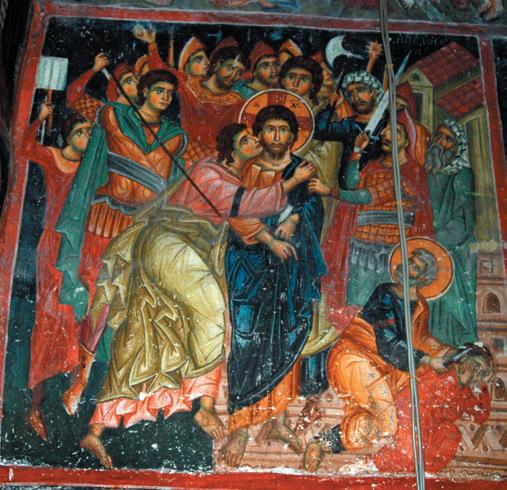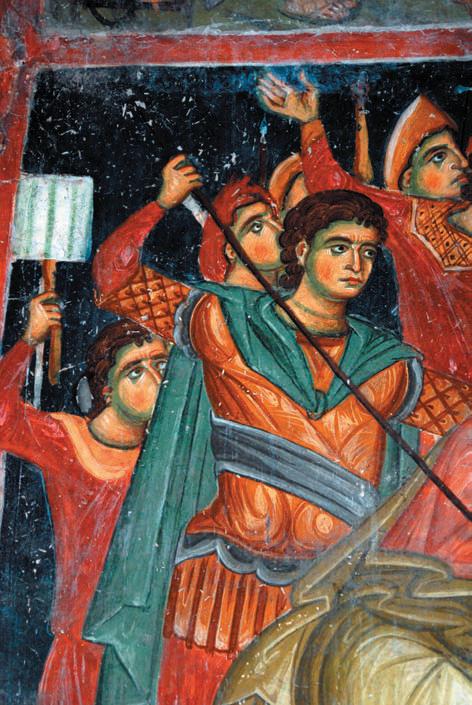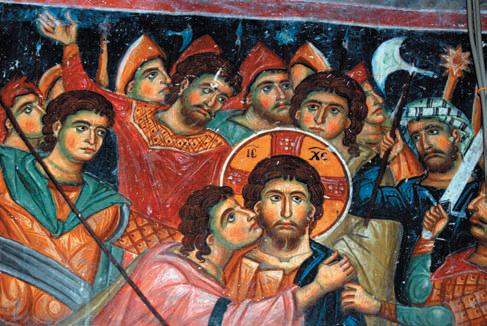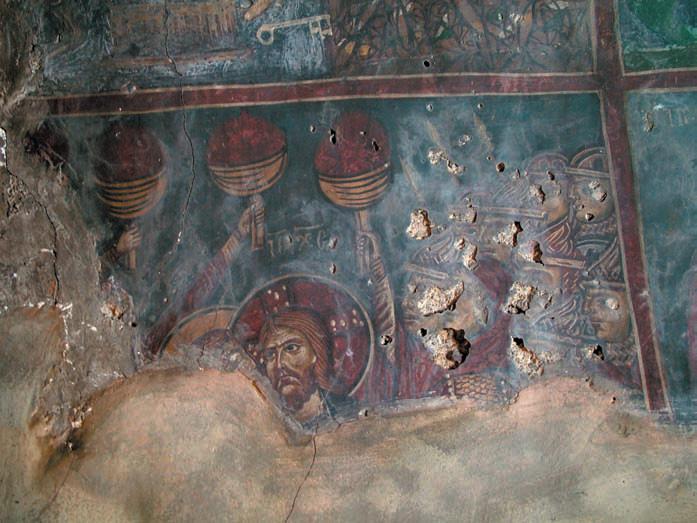
Fig. 34. The Betrayal, Church of Saint Nikolaos in Prilep (Macedonia), c. 1289 AD, courtesy photo Dr. M. Tutko
|

Fig. 35. The Betrayal, Church of Saint Nikolaos in Prilep (Macedonia), c. 1289 AD, detail, courtesy photo Dr. M. Tutko
|

Fig. 36. The Betrayal, Church of Saint Nikolaos in Prilep (Macedonia), c. 1289 AD, detail, courtesy photo Dr. M. Tutko
|

Fig. 37. Medieval sword from Rouse (Bulgaria), 13th c., Rouse Museum, courtesy of Prof. Valeri Yotov
|

Fig. 38. The Betrayal, Church of Aghios Georgios Mefismeni, in Crete, detail, 13th c., author’s photo
|
Again shields covered with pearls are represented (
